When I was a kid I had a pretty extensive collection of MEGO dolls. These were articulated action figures about 8” high. And the manufacturer – MEGO – had the rights to make characters from various companies and franchises like Marvel and DC, and also things like Star Trek and The Planet of the Apes, and many others as well.
And at playtime, I would go to my toy chest and pull out a variety of dolls and I’d create adventures for them to go on. Captain Kirk would travel to the stars with Superman and Dr. Zaius. Captain America, Batman, and Mr. Spock would solve crimes and fight criminals across the globe. And so on, etc., etc. And it didn’t matter that none of these characters made sense being together. All that mattered was how far I could stretch my imagination, the joy I had creating stories for them, and how elaborate I could make those stories.
In 1999 Alan Moore went to his toy chest and pulled out his favorite literary action figures and smashed them together in what was to become the League of Extraordinary Gentleman.
Now the premise is simple. Mina Murray (aka Mina Harness of Dracula fame) must travel the world to assemble a team of men with special powers – extraordinary powers you might say. The team includes Allan Quartermain, Captain Nemo, Dr. Harry Jekyll (and his alter ego), and Hawly Griffin (the Invisible Man). And you might call these people gentlemen – but only in the loosest sense of the word. Once assembled the team must learn to work together, tame their inner and outer demons, and attempt to thwart a gang war between Professor Morality and Dr. Fu Manchu (just don’t say his name) in the sky of London.
Now, if the premise is simple, the details are a bit more complicated. Alan Moore crams as many literary references from a multitude of genres as he possibly can into a single page or a bit of dialogue. It is a veritable “Where’s Waldo” of gothic and Victorian novels. And for the most part, Moore does this skill and subtlety. And part of the fun of the League of Extraordinary Gentleman is attempting to find these references. It is genuinely clever. And all this is aided by the highly stylized and lurid illustrations of Kevin O’Neill.
There is a flip side to this. Allan Moore is undeniably one of the most creative and innovative writers in comics. His contributions to the medium are monumental and he deserves all his accolades. He does however have certain…proclivities. Moore constantly puts his female characters in danger of physical and sexual violence, he relishes in racist tropes, and he generally demoralizes his characters, and does this with a smug, self-satisfied flourish. This could be said to be on purpose. By pointing out the evils of the world he is thus criticizing them, and making the readers aware of the horrors of those evils.
But Moore wants to have the cake and eat it. He seemingly wants to skewer and criticize the repressive morals and failings of the Victorian age, but at the same time, he indulges in them. And all this is compounded by the highly stylized and lurid illustrations of Kevin O’Neill.
In the end, the League of Extraordinary Gentleman is a creative tour de force, an overflowing toy chest full of rich ideas from one of the greatest minds in comic books. But sadly also one of its most flawed.
This article originally appeared as the introduction to episode 95: The League of Extraordinary Gentlemen.
The Collected Edition is a comic book podcast where the hosts discuss the famous and infamous runs and story arcs throughout the history of comics. Please subscribe to the show on Apple Podcasts, Sticher, IHeartRadio, and Spotify.

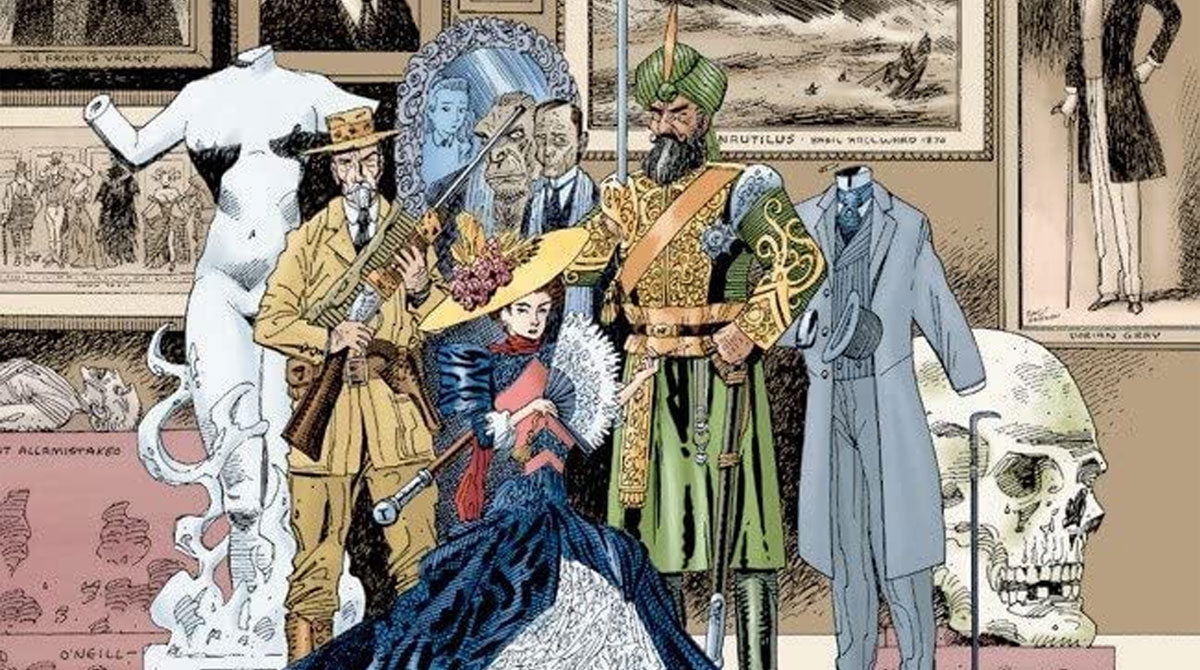

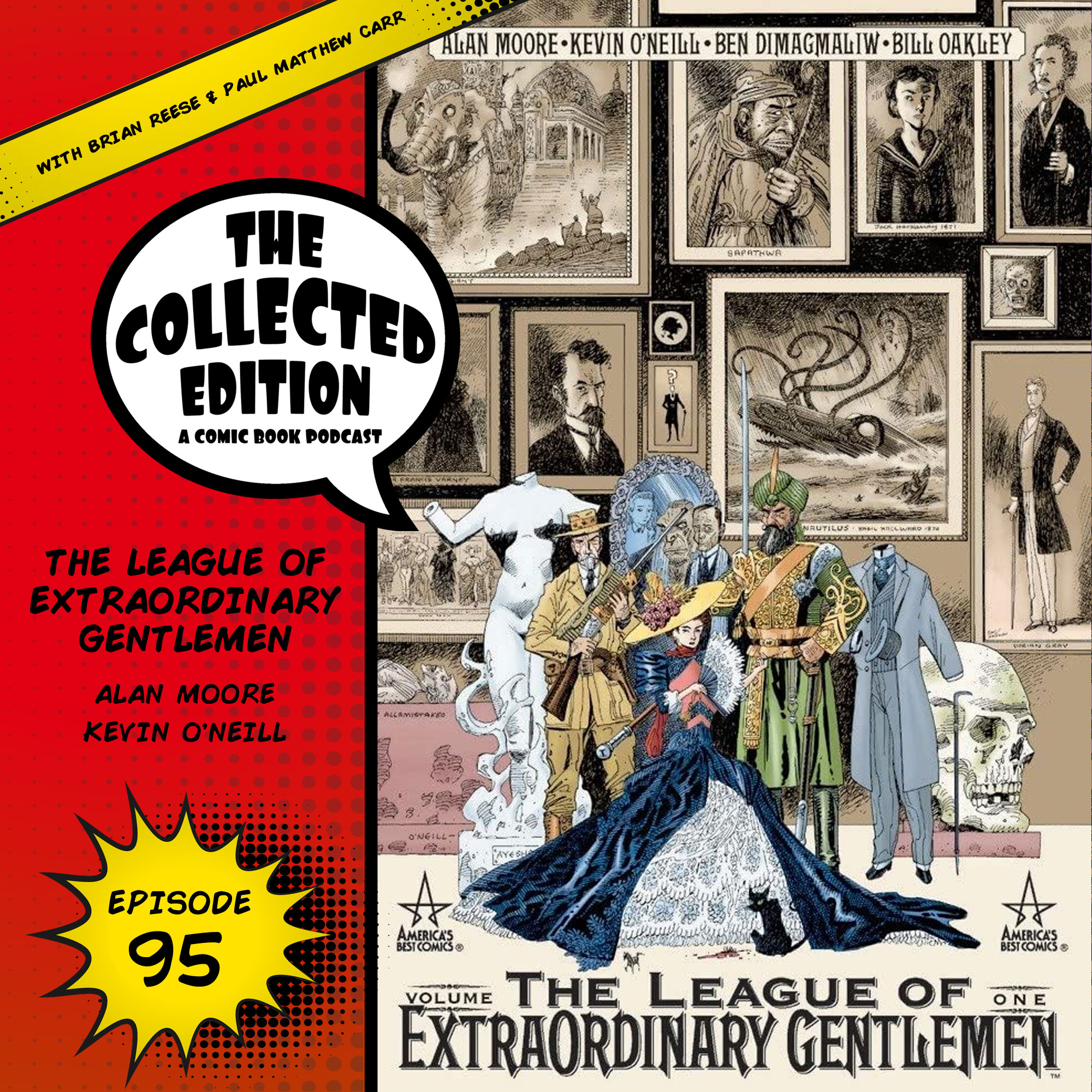
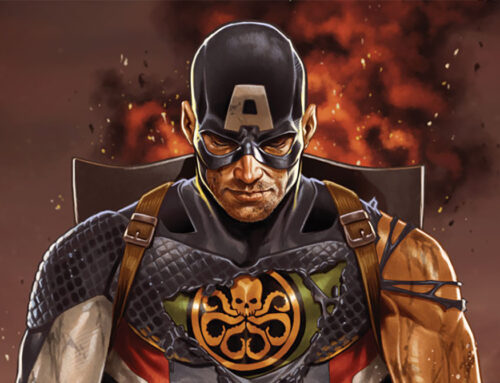
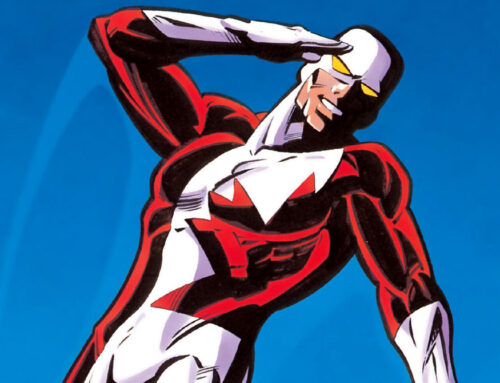
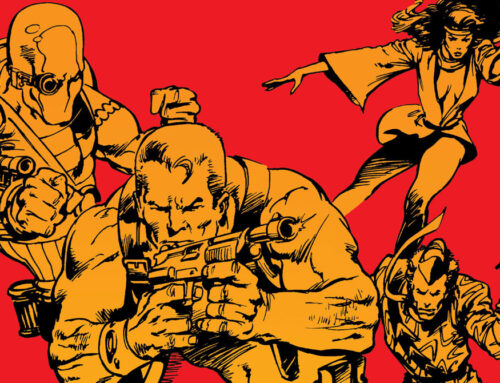

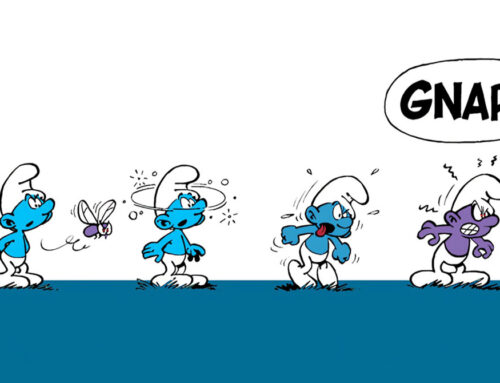


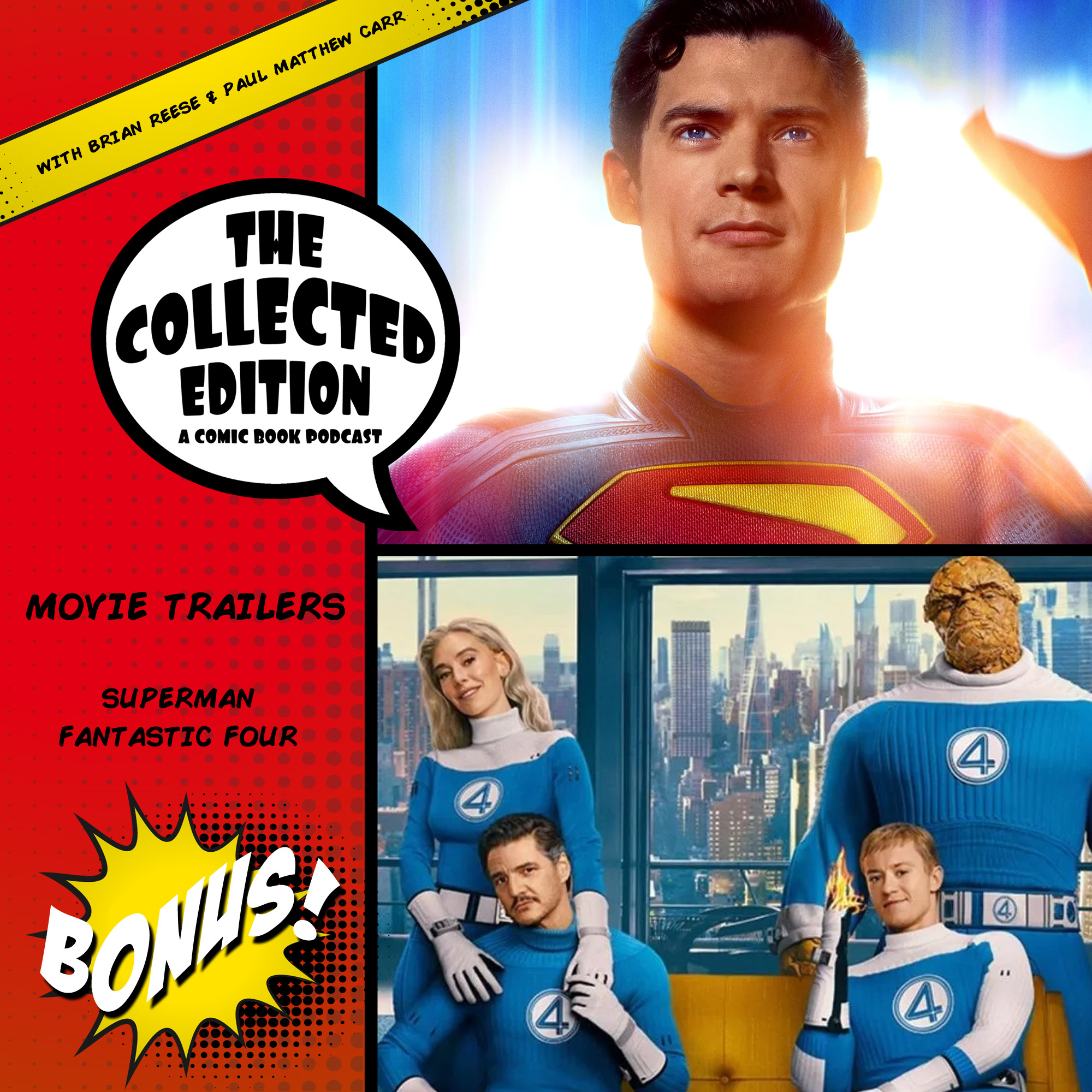
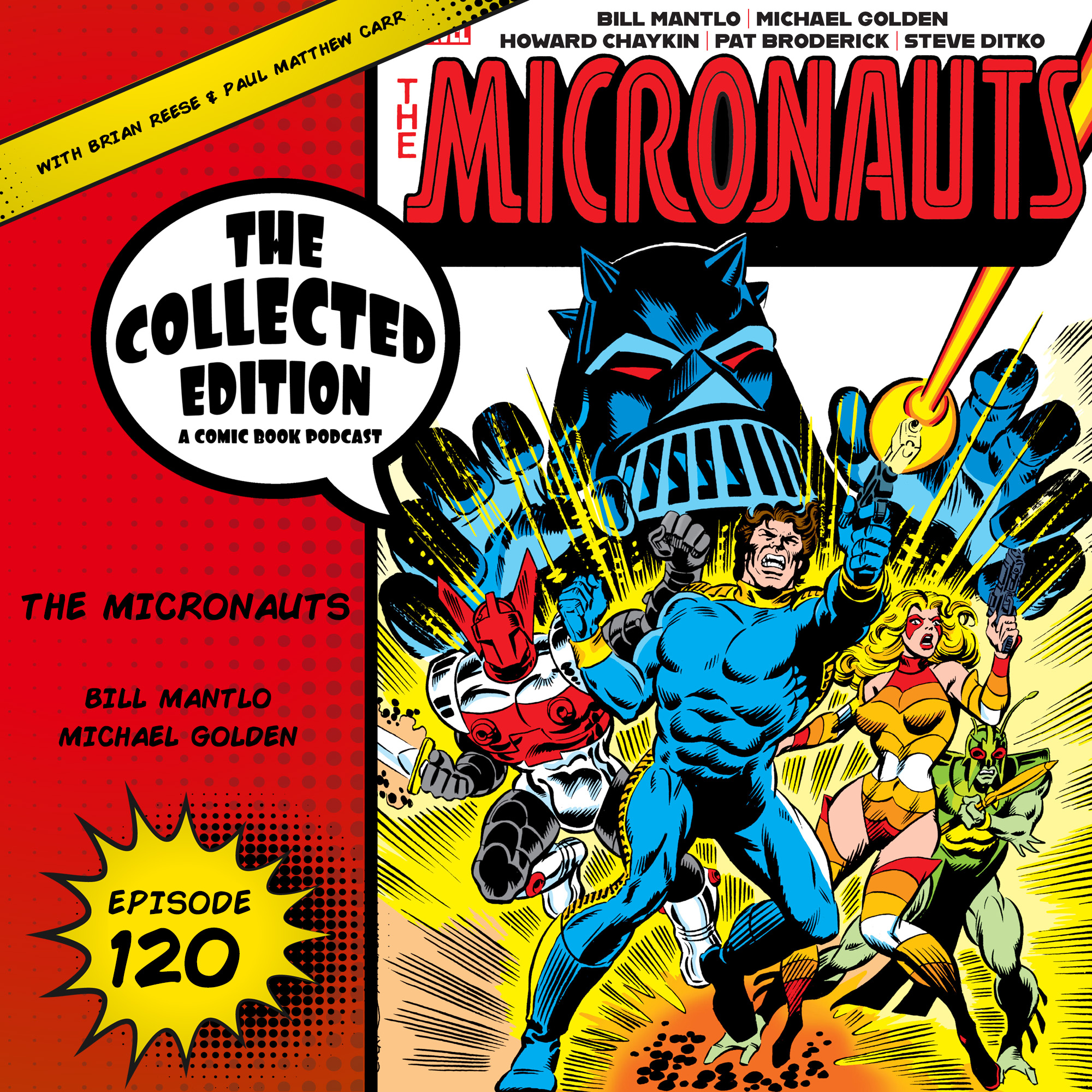
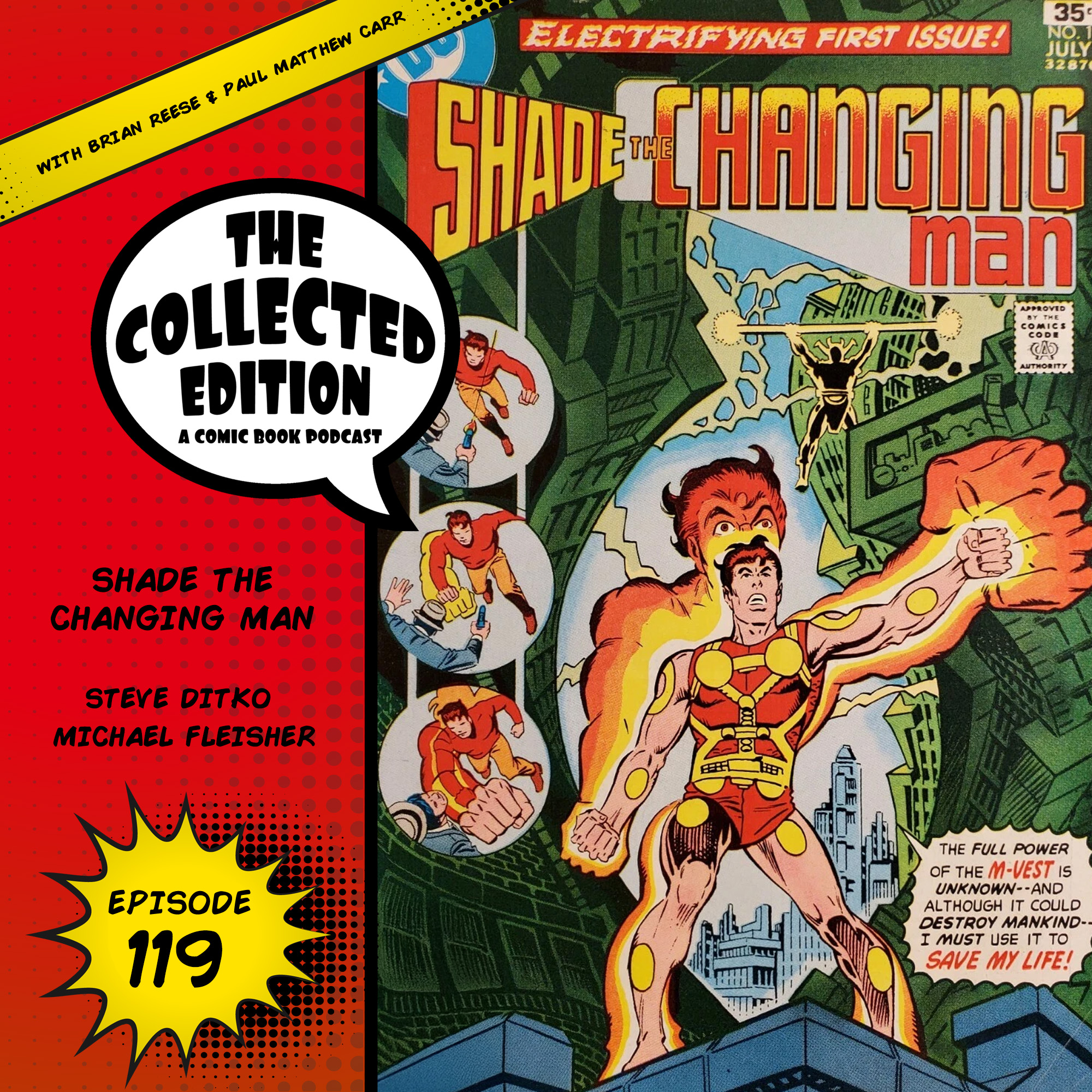

Leave A Comment